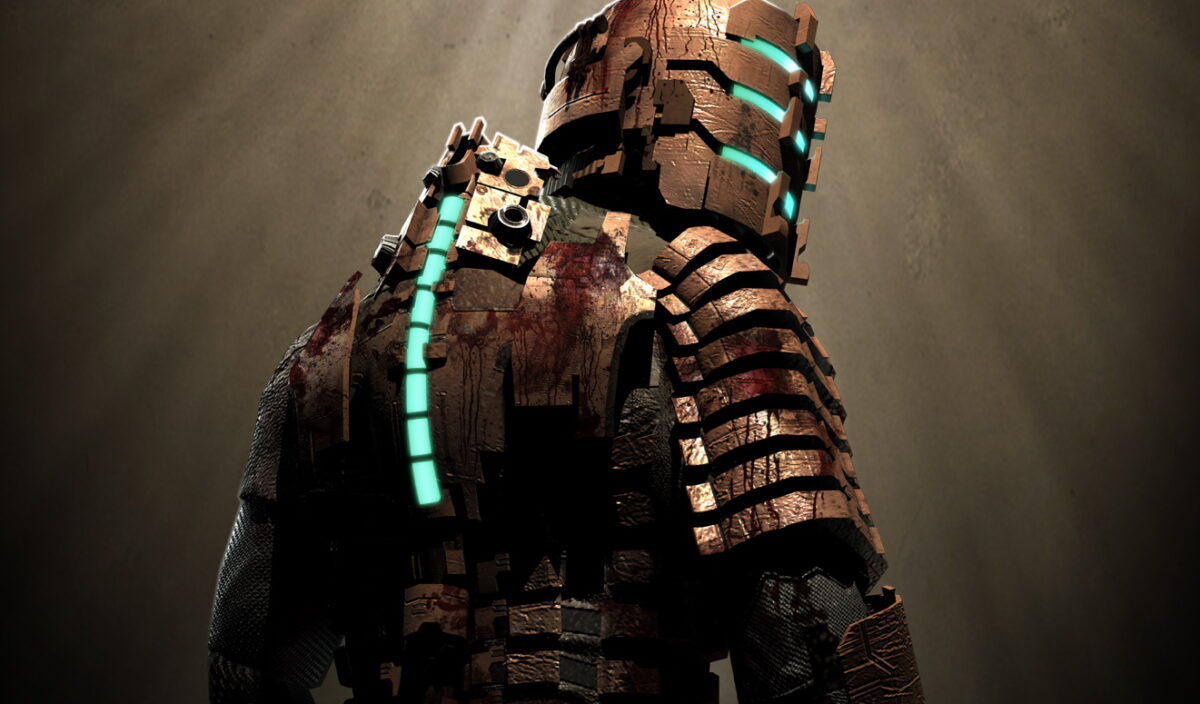If there’s one genre that benefits more than any other from graphical and audio improvements, it’s horror. The USG Ishimura – the planet-cracking vessel on which Dead Space is set – has an oppressive feel to it that always stops you from getting comfortable. Steam bursts out of pipes, machines spark, and doors slam together making sounds like thunder.
Every sound puts you on edge. Was it just some malfunctioning machine? The metal of the ship resting? Or was it perhaps a necromorph stalking you, eager to separate your limbs from your torso? Every sound reverberates around you, rattling your brain and pushing you closer and closer to the edge, You feel like you’re going mad, but the danger is very real.
[mm-video type=video id=01gfb0ak89759w1cn9qj playlist_id=none player_id=none image=https://images2.minutemediacdn.com/image/upload/video/thumbnail/mmplus/01gfb0ak89759w1cn9qj/01gfb0ak89759w1cn9qj-ee097f07e9acb86f1626c4d83aae4663.jpg]

As for graphics, the ship is just as you remember it, but the atmosphere is so much more powerful. With a modern lighting engine, those flashing emergency lights cast shadows you’ll flinch at, the steam stops you from seeing your hand in front of your face, and every moving part in the background will make you flinch. This world is more alive than ever, which makes it all the more horrifying.
“There’s a lot of evocative things there,” art director Mike Yazijian says. “In the audio experience, the volumetric lights, and that’s also tied into the gameplay systems.”
“When you have sparks and those little pieces fall on the armor and fall on the ground, each of those are physics-based, and they also cast light and have shadows,” creative director Roman Campos-Oriola adds.
While the survival horror genre has come a long way since 2008, the team decided to go back to what inspired the original game to figure out how they could enhance the experience. Watching Alien and Event Horizon put the team back in that mindset of how to create something that will make your skin crawl with the advantage of modern technology. Safe to say they managed it because one of the new systems is so horrible just its name will make you cringe. We’ve just got to rip this band-aid off and talk about the “peeling system”.
When humans are transformed in Dead Space, they become the kind of creatures that even Cthulhu would think is a bit much. These former corpses sprout new limbs that can be lopped off to defeat them with a quick stomp. Now all of these bodies have a layer of skin which, as the system’s name suggests, can be peeled off in chunks as they take damage.

Another new system is far less vomit-inducing, as it’s a new type of puzzle. Here you’ll use our protagonist’s engineering skills to complete a series of fuse-based puzzles that reroute power and cut off some of the ship’s systems to power others. Sometimes it’ll let you do fun things like depressurizing a room crawling with creatures, or it’ll do horrible things like turn off the lights so you can escape via an elevator.
Isaac Clarke was a silent protagonist in the original, but now he’s a more fully formed character like the other games – we see his face and everything. It’s a controversial decision, but it doesn’t seem like that big of a deal. We didn’t need to see under the helmet to know he was a generic man, but the addition of a voice is more of a positive than a negative. He’s not some Nathan Drake-type smartass smiling and quipping his way through the ship, he’s a serious man with a serious plan.
“The thing we did not want it to break is the isolation [you feel],” Campos-Oriola explains. “So our rule is that Isaac only talks when he’s being talked to. So you have a discussion, you’re not gonna speak anymore. You’re in that dark corridor, you hear some monster in the wall, Isaac’s not gonna go, ‘Ahh, what the f**k is that?’”

Isaac may have nerves of steel, but you sure won’t after some time with the new AI ‘intensity director’. This keeps track of the areas you run through and ensures that you’ll never be able to trust your surroundings. The first time you move through an area, everything will be scripted, but when you come back, you might be in for a scare. Sometimes it’ll be a necromorph, other times just a bump in the night.
“Sometimes it can be just ambiance, like a fan will start to spin, it sparkles, and that’s it,” Campos-Oriola says. “And sometimes there’s actually going to be a monster going through that fan. It will be dynamic. There are also a lot of places in between situations where it’s activated, but it doesn’t necessarily spawn an enemy. It plays with the lights, it plays with the sound.”
The controls feel a lot slicker now, but there have been very few changes to how it plays. It keeps everything that worked about the original. Isaac’s limited mobility and ammo, the fact that you have to use all of your abilities to stay alive and conserve resources. The only major change in this department is an expansion to the upgrade trees for each weapon, which just serves to offer more depth.
It does exactly what a great remaster should do, keeping everything you love from the original intact while adding in lots of subtle changes to make it more enjoyable. When it launches next January we’ll get to see how it compares to The Callisto Protocol, a game with the same creative director as the original Dead Space. Many see that as the successor to Dead Space’s throne, so it’ll be interesting to see how this remastered original matches up.
Written by Ryan Woodrow on behalf of GLHF.
[listicle id=1866520]
